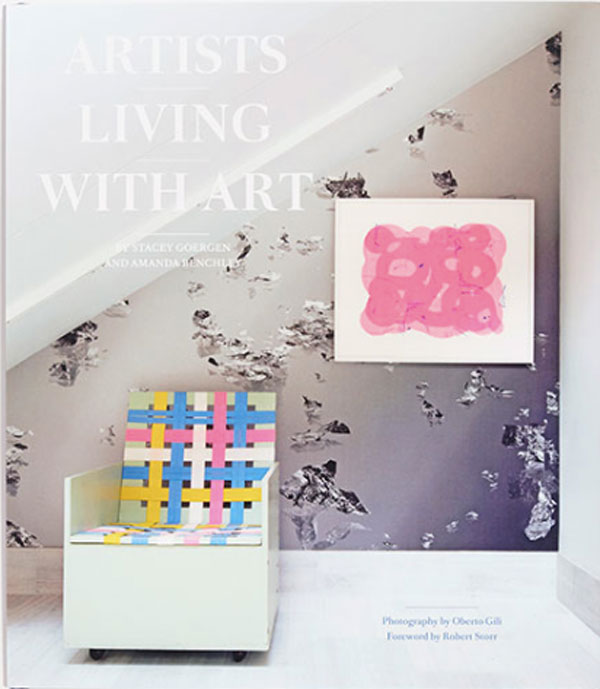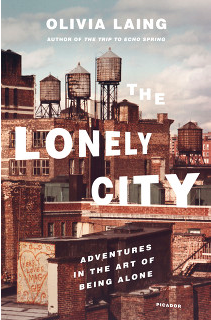Here are a few images from Artists from the Royal Botanic Gardens, Kew, a 1974 exhibition catalog of botanical illustration. I’ll be honest. In another era, not that long ago, I’d have found this book of black and white portraits and botanical plates a bit of a snooze. But . . .

“Artists from the Royal Botanic Gardens, Kew” published in 1974 by the Hunt Institute for Botanical Documentation presents the work of 39 artists “whose work and lives span the period from the beginnings of Kew to the present.”
Today I’m finding the Hunt Institute’s effort charming because its portraits of artists – visual and written – suggest a care for art and the humanities that is in short supply these days.
Behold the story of Mordecai Cubitt Cooke.
M.C. Cooke’s early interest in botany derived from his mother, with whom he spent many hours collecting flowers. An early interest in botany did not turn toward a specialization in fungi until 1847. Before gaining recognition as a mycologist, he had served as an assistant in a drapery firm, taught for some time in a national school, and was a lawyers clerk. In 1861, he became an assistant in the India Museum. In 1880, the museum was dissolved and the collections were sent to the Royal Gardens at Kew . . .
Novelistic, right?

Mordecai Cubitt Cooke, born in Horning, Norfolk, England, 12 July 1825, died in Southsea, England, 12 November 1914
Here’s another profile, short but sweet, about Victoria Gordon. “Her media, in order of preference, include pencil, water color, oil, and pen and ink.”

Victoria Gordon, born in London, England, 1938
But my favorite image is this dust jacket design by John Hutchinson, below. Jumbled, asymmetric compositions almost always appeal to me. But it’s the nugget of white space at the top of the page that makes the whole piece sing.
Dr. Hutchinson served the Royal Botanic Gardens from 1907 until his retirement in 1948. Initially an apprentice, in 1936 he ws appointed Keeper of the Musuem of Botany. His reputation as a botanist, monographer of the genus Rhododendron, and a specialist on African flora is international . . .

Dust jacket design, pen and ink and watercolor
Chaotic times call for calm enjoyment. I’m hooked on Gilmore Girls this week, in part because of this bit on This American Life, Just What I Wanted, and am finding it just my speed.
How about you? What are you enjoying these days?





